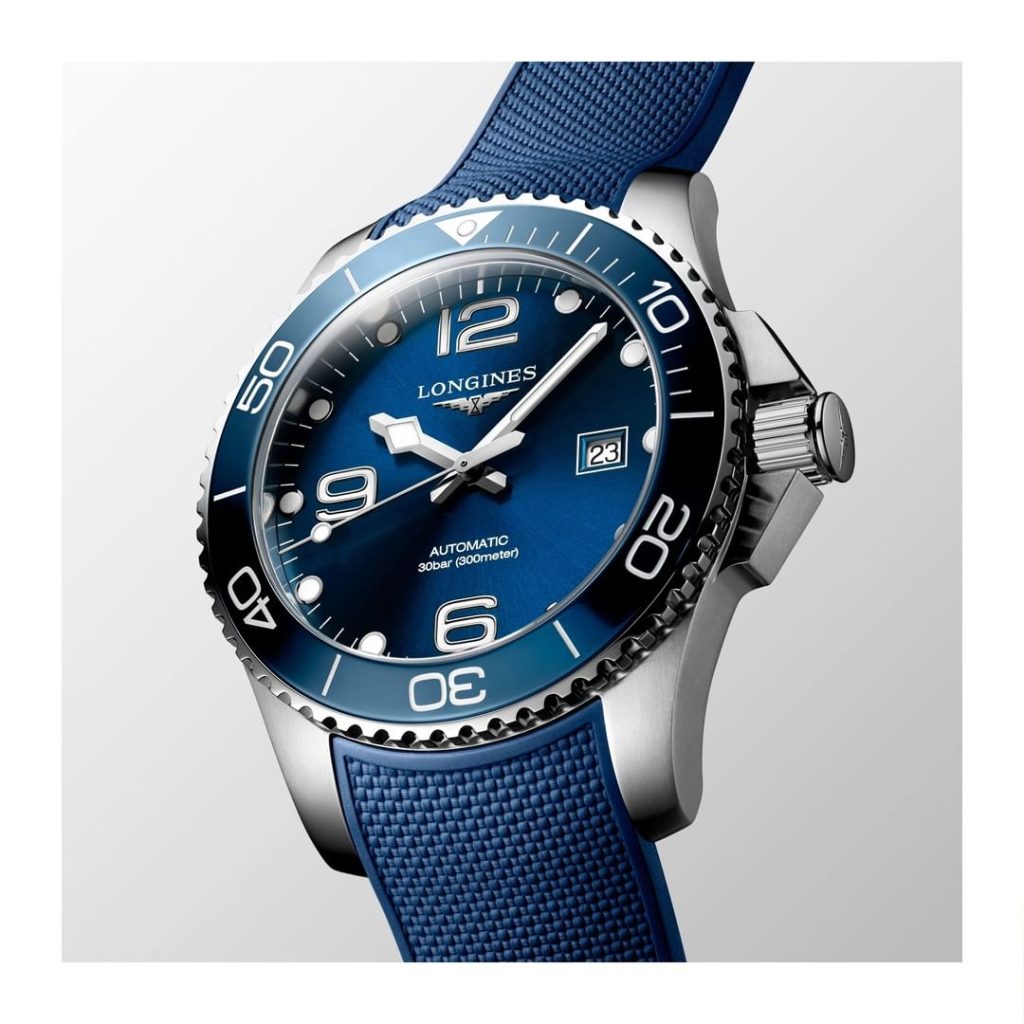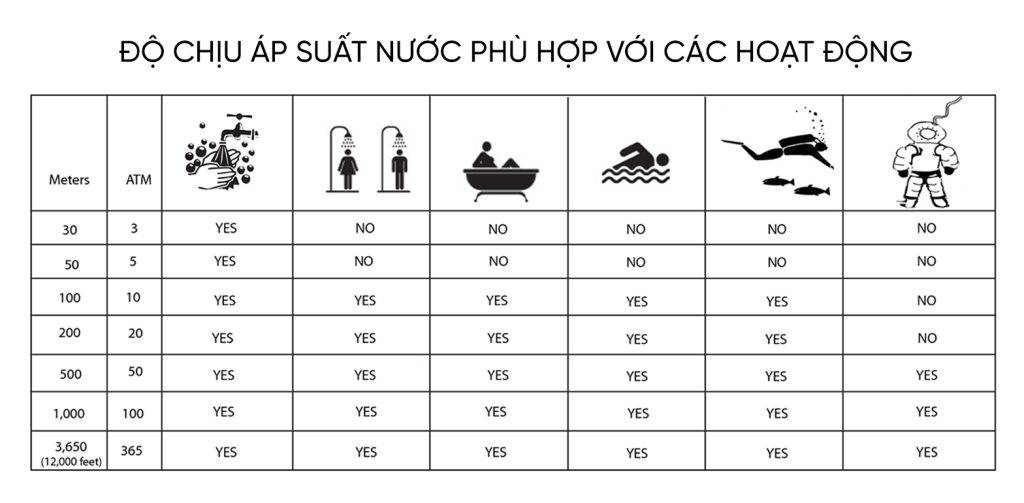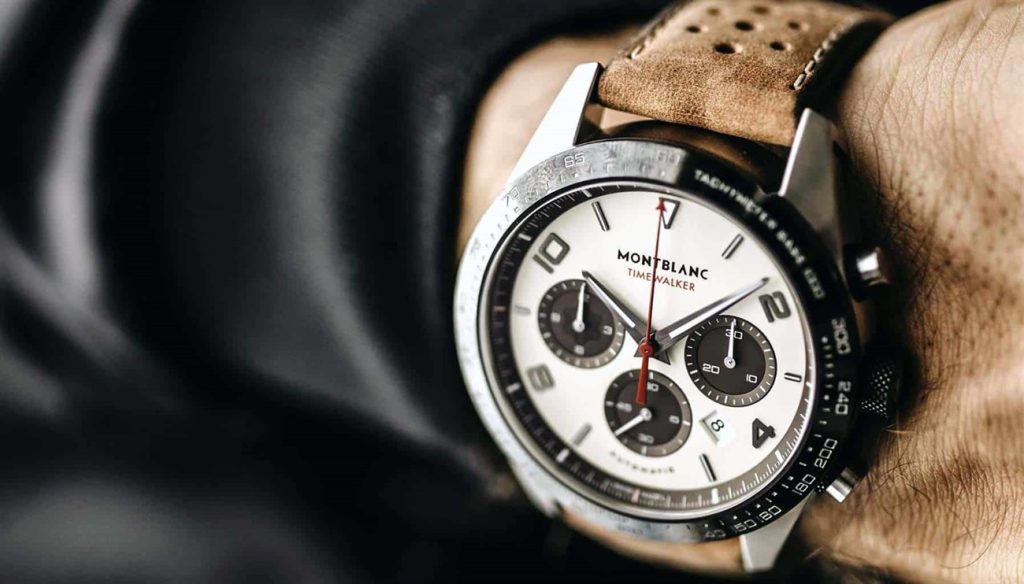Water resistance is a critical feature that many consider when purchasing crafted watches. This functionality is achieved through the use of O-rings made from materials such as Rubber, Nylon, or Teflon, which prevent water from penetrating the inside of the watch. Many luxury watches also use a sealant that hardens upon contact with water, offering effective protection. Below are detailed insights from Mon Luxury on the water resistance of watches and how to use them.
History and Terminology of Watch Water Resistance
In the late 1960s, there was significant debate over the term “Waterproof.” It was thought that this term might mislead consumers, as no watch is entirely impervious to water. Consequently, the Federal Trade Commission (FTC) in the United States agreed to use the term “Water-resistant” instead. The reason is that all initial tests are conducted under standard conditions, and actual use may yield different results.

See more: 99+ highest quality Replica Rolex watch on the market
Water Resistance Levels of Watches
To determine the water resistance level of your watch, look for the ATM (Atmosphere) rating engraved on the back of the watch. Each ATM corresponds to water resistance at a depth of 10 meters. Here are the common water resistance levels:
- 3 ATM (30m): Resistant against hand washing and light rain.
- 5 ATM (50m): Suitable for swimming and river diving but not for sea diving or vigorous underwater activities.
- 10 ATM (100m): Appropriate for swimming, river and sea diving, but not for high-impact water sports.
- 20 ATM (200m): Good for swimming, sea diving, and other water sports, but not for professional deep-sea diving.
- 30 ATM (300m) and above: Found only in watches specifically designed for deep-sea diving and high-pressure jobs.
Units for Measuring Water Pressure Resistance
The units measuring water pressure resistance are often printed on the dial or engraved on the back of the watch, including Bar, ATM, Metres, Feet, or M (meters). Each Bar or ATM is equivalent to 10 meters underwater. These symbols help users easily recognize the watch’s water resistance level.

See more: 99+ highest quality Replica Cartier watch on the market
Tips for Using Water-Resistant Watches
Regular Checks and Maintenance:
For activities involving water, such as scuba diving, it is advised to have your watch checked and serviced annually at an authorized service center. After each exposure to salt water, rinse the watch with fresh water and dry with a soft cloth to prevent oxidation.
Avoid Sudden Temperature Changes:
Sudden temperature changes can degrade the quality of the water-resistant seals. Avoid exposing the watch to high-temperature environments such as bathing, saunas, or soaking in hot water.
Check the Condition of the Seals:
The water-resistant seals can harden over time, reducing their effectiveness. It’s advisable to check and replace the seals regularly to ensure the watch remains well-protected.
Immediate Action if Water Penetrates the Watch:
If you notice condensation under the glass, take the watch to a reputable repair center immediately for dehumidification and a component check. Delaying this can result in water damaging the movement.

See more: 99+ highest quality Replica Patek Philippe watch on the market
Conclusion
The water-resistance feature of a watch is an essential factor in protecting the watch from water damage. Understanding the levels of water resistance and how to maintain them will help you use your watch effectively and durably. If there are any issues regarding water resistance, take your watch to an authorized service center or dealer for timely inspection and repair.





